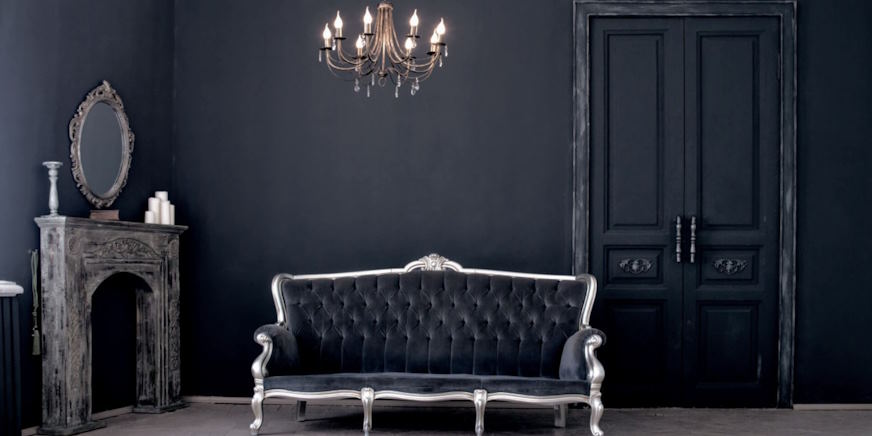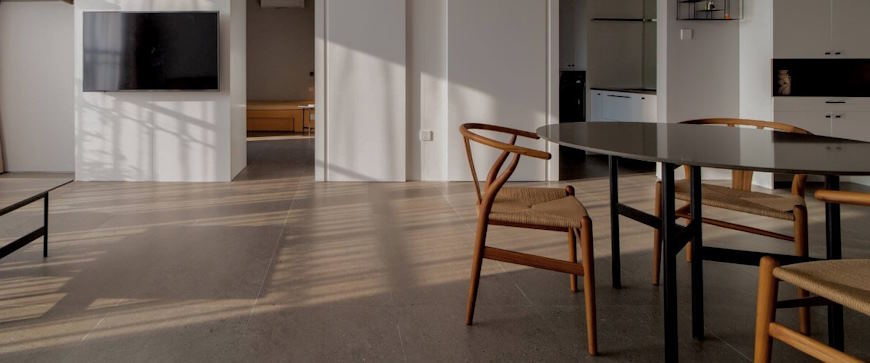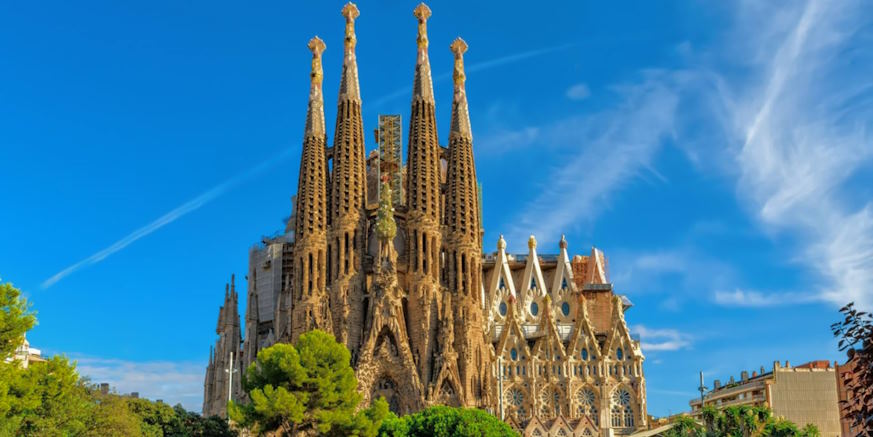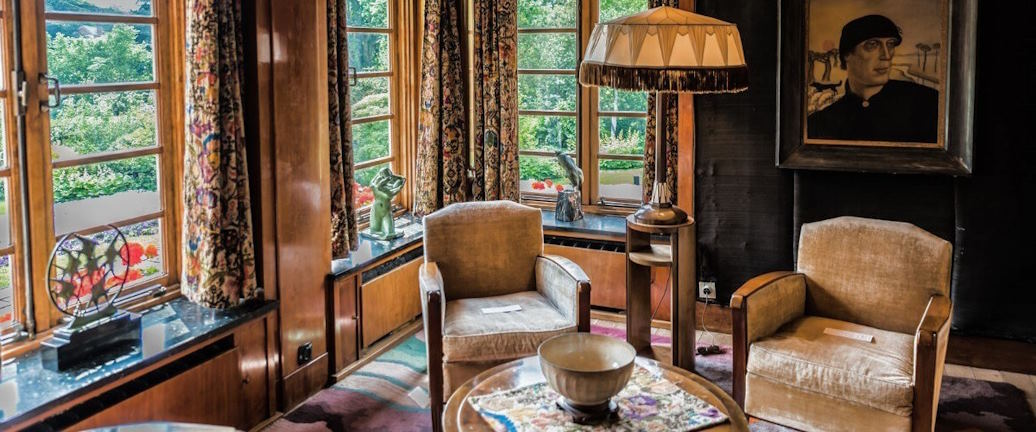European architecture is a tapestry of diverse styles that have evolved over centuries. From the ornate Gothic cathedrals to the sleek lines of minimalist design, European homes have witnessed a fascinating transformation in architectural styles. In this article, we will take you on a journey through time, exploring the distinct characteristics of key architectural styles that have shaped European homes and continue to inspire contemporary design.
Gothic Splendor
Embracing Verticality and Ornamentation Gothic architecture, prominent from the 12th to the 16th century, is characterized by its soaring vaulted ceilings, pointed arches, and elaborate stone tracery. Cathedrals and churches across Europe, such as Notre Dame de Paris and Westminster Abbey, exemplify this style’s grandeur and spiritual symbolism. Intricate stained glass windows, ribbed vaults, and flying buttresses create an awe-inspiring atmosphere of ethereal beauty.
Gothic Architecture
- Pointed Arches: Graceful, upward-pointing arches add height and drama to doorways, windows, and vaults.
- Rose Windows: Large circular windows with intricate stone tracery, adorned with stained glass, infuse spaces with colorful light.
Renaissance Revival
Harmonizing Classical Elements The Renaissance period saw a revival of classical architectural elements inspired by the ancient Greeks and Romans. This style emphasizes proportion, symmetry, and classical orders like Doric, Ionic, and Corinthian columns. European palaces and grand residences, such as the Palazzo Pitti in Florence and Château de Chambord in France, reflect the luxury and refined aesthetics of Renaissance architecture.
Renaissance Architecture
- Classical Columns: Incorporate columns with different capitals and entablatures to create a sense of elegance and order.
- Central Courtyards: Enclosed courtyards with arcades and sculptural details serve as focal points, connecting interior spaces with the outdoors.
Modernism and Minimalism
Embracing Simplicity and Functionality In the 20th century, European architecture shifted towards modernism and minimalism. Influenced by industrialization and the Bauhaus movement, this style focuses on clean lines, open spaces, and integrating form and function. Architects like Le Corbusier and Ludwig Mies van der Rohe pioneered steel, glass, and concrete, shaping the modernist aesthetic that inspires contemporary homes.
Modernist and Minimalist Architecture
- Open Floor Plans: Embrace open, fluid spaces allowing flexibility and seamless transitions between rooms.
- Use of Industrial Materials: Incorporate exposed concrete, steel beams, and large windows to create a minimalist, industrial-inspired look.
European homes showcase a rich tapestry of architectural styles that have evolved over centuries. From the intricate ornamentation of Gothic cathedrals to the timeless elegance of Renaissance palaces and the sleek minimalism of modernist design, these styles reflect the changing trends, cultural influences, and artistic expressions of their respective eras. Exploring the architectural journey from Gothic to minimalism allows us to appreciate the diversity and beauty that European homes offer, and it continues to inspire the creation of beautiful living spaces today.




